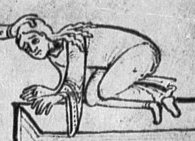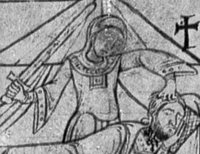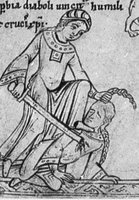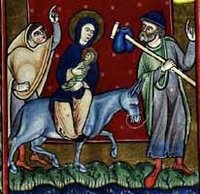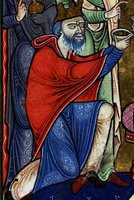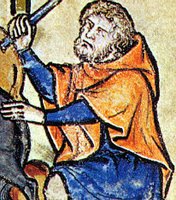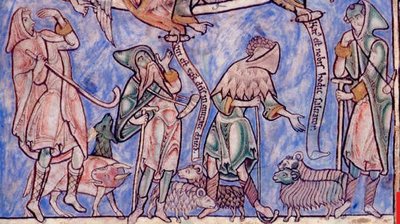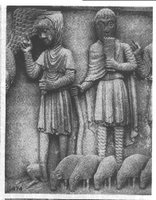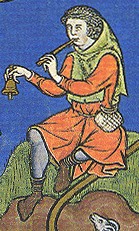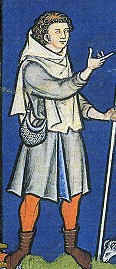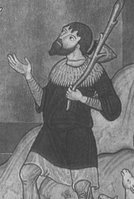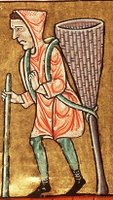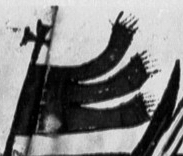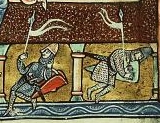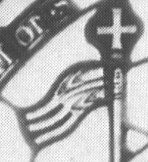Since my last post on the subject, I've actualy tried burning some of the wooden objects i have around the house with dad's soldering iron. Not any that might have varnish on the surface - but i've picked up quite a few pale wooden boxes from $2 shops that look to have a fine grain and no varnish, a few scraps from the firewood pile, and assorted other bits.
It was a failure. The firewood was so lumpy and hard i could barely make an impression, let alone draw a straight line. The pale woods almost refused to burn. The soldering iron barely left an impression. I think it might have been too cool. I check his other soldering iron, and it was slightly worse.
I also meanwhile hunted down all the books on pyrography in my local library. They all assume you have already purchased a woodburning tool. I've learnt some neat tricks that will be great if i get something that actually burns the wood to a darker colour than weak tea. I've also learnt that different woods have vastly different surfaces in regards to heat tollerance. Some need the temperature up very high, and will still produce a very pale picture, others burn quite readily. And still others (like pine) have so rough a grain that they are hard to draw straight lines on.
I'm hoping the wood I had was one of the woods that needs a realy high temperature. Because then I can use a wood that needs less, given I can't change the temperature on the soldering iron. Otherwise I'm faced withthe unpleasant prospect of the soldering iron being too cold to do any pyrography.
So new ideas to try (that don't involve much money):
- wooden spoons - I read somewhere thaat most are sycamore - a perfect low temp pyrography wood.
- plywood snipets from hardware stores of woods known to be good at low temp
- pyrography on veg tan leather (chrome is toxic, maybe alum tawed is ok?)
- heating needles to do pyrography. First try my oil lamp, then over a gas stove?










